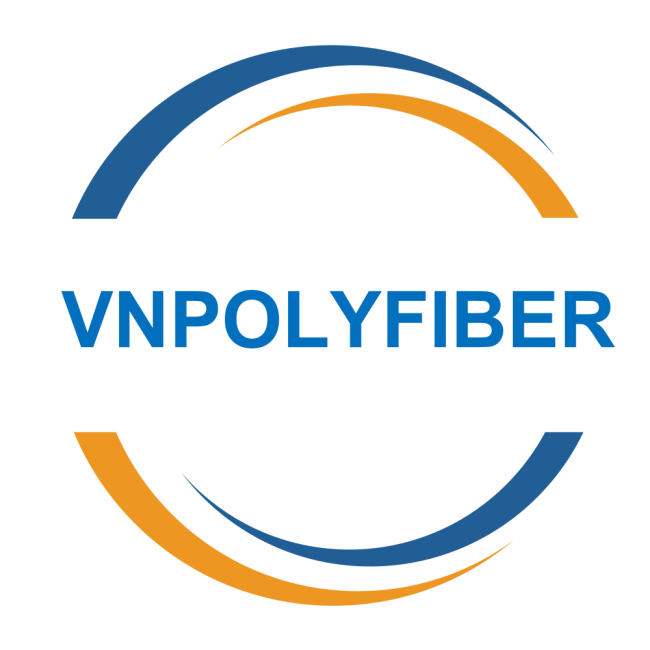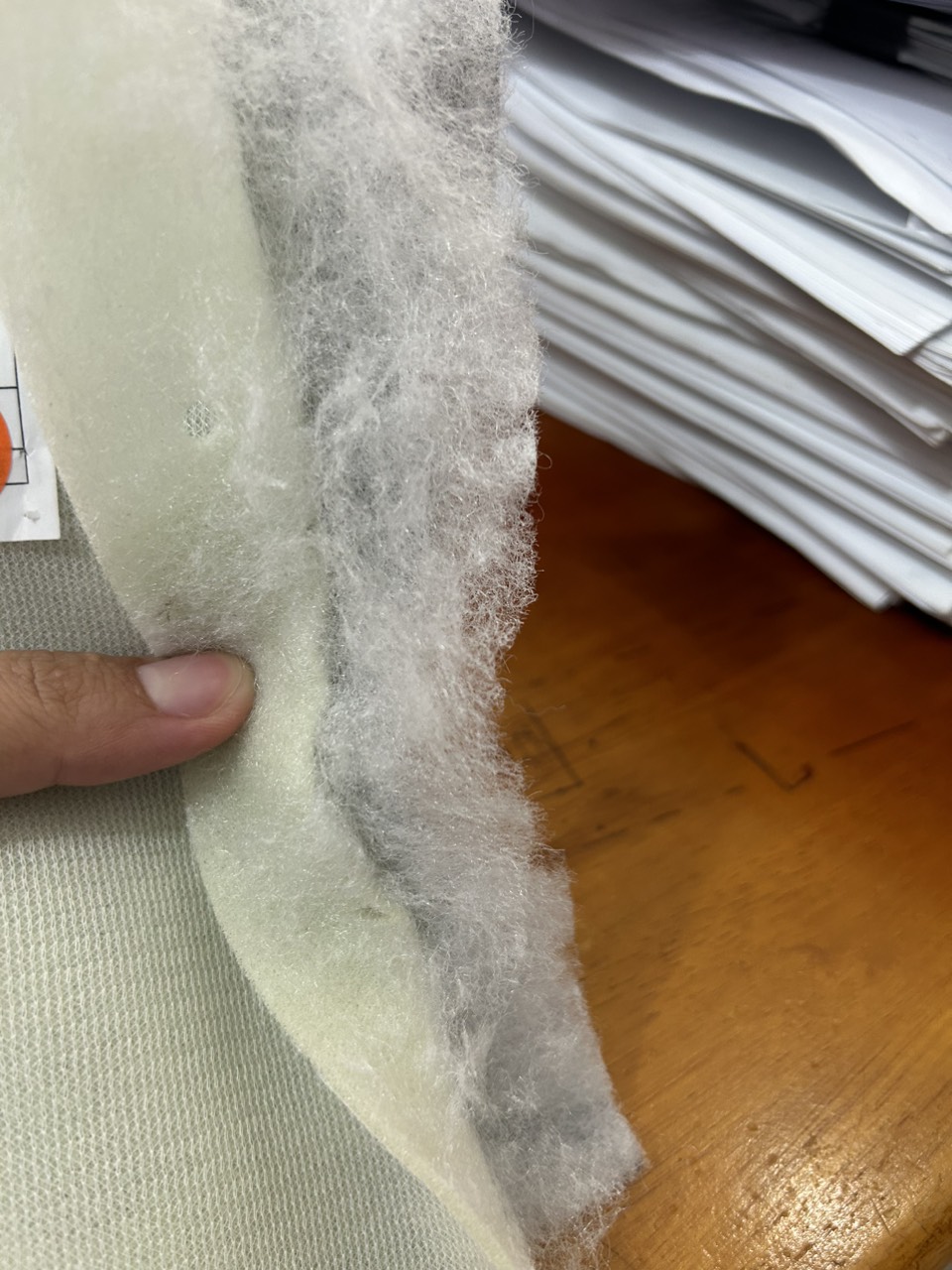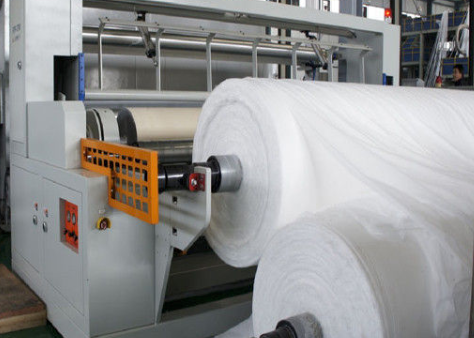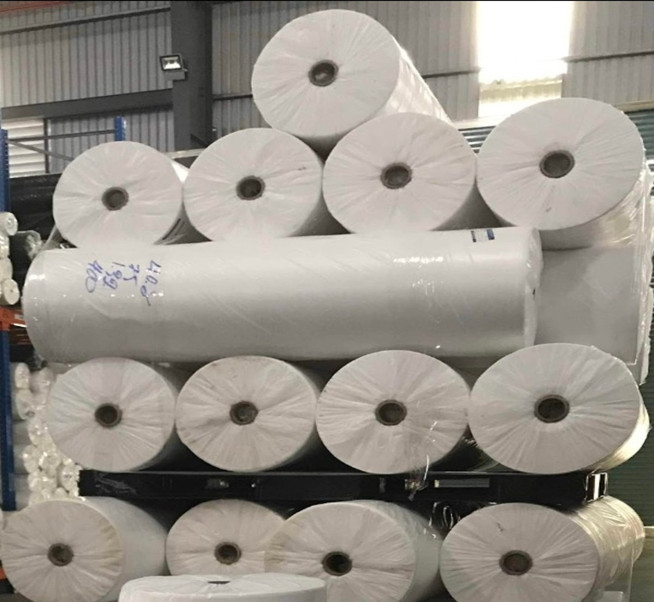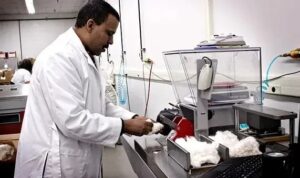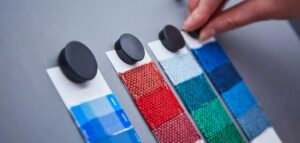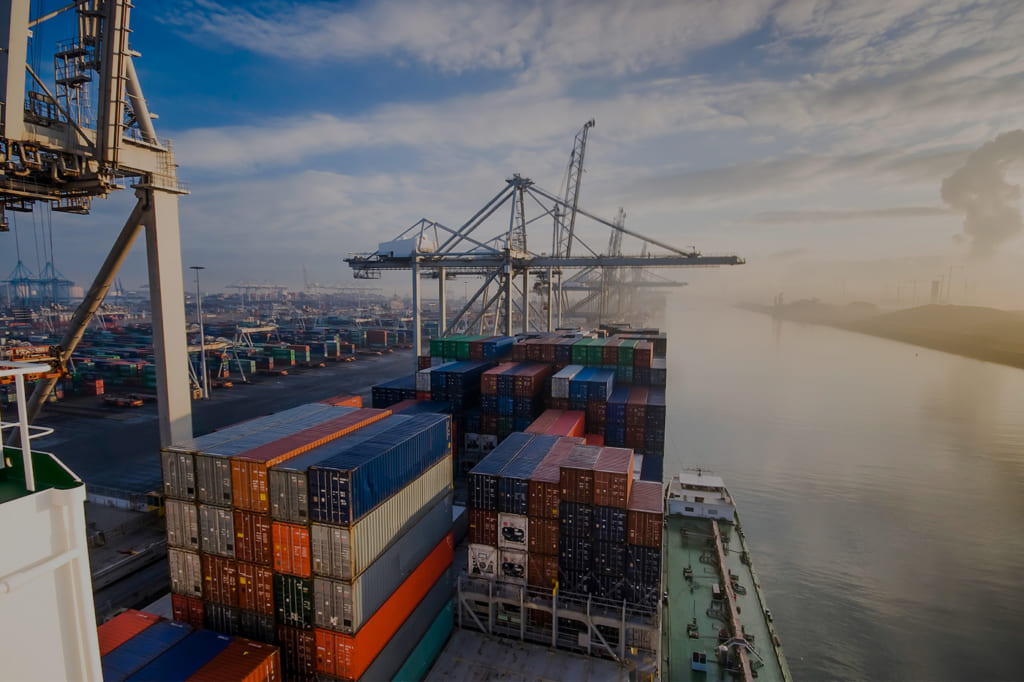What are Nonwovens?
Nonwovens are a category of textile materials that are produced through various processes without the need for weaving or knitting. Instead of interlacing yarns, nonwovens are made by bonding or interlocking fibers through mechanical, thermal, or chemical means. Here’s a detailed overview of nonwovens:
Characteristics of Nonwovens
- Structure: Nonwovens are typically formed from fibers or filaments laid together in a web or sheet structure. They do not have a regular, repeating structure like woven or knitted fabrics.
- Production Efficiency: Nonwoven fabrics can be manufactured quickly and cost-effectively, making them suitable for high-volume, disposable products.
- Versatility: The properties of nonwovens can be tailored to specific needs by varying the type of fibers, bonding methods, and finishing processes.
Types of Nonwoven Fabrics
- Spunbond: This process involves extruding molten polymer through spinnerets to form continuous filaments, which are then laid down into a web and bonded thermally. Read more: https://vnpolyfiber.com/spunbond-nonwoven-meltblown-nonwoven-spunlace-nonwoven/
- Meltblown: Similar to spunbond, but the fibers are much finer and the web is formed by blowing molten polymer through nozzles with high-velocity air. Read more: https://vnpolyfiber.com/spunbond-nonwoven-meltblown-nonwoven-spunlace-nonwoven/
- Airlaid: Fibers are suspended in air and then deposited onto a moving belt, where they are bonded by heat or adhesives. Read more: https://vnpolyfiber.com/airlaid-nonwoven-vs-air-through-bond-nonwoven/
- Needle Punching: A mechanical process where barbed needles are repeatedly punched through the fiber web, entangling the fibers to create a cohesive fabric. Read more
- Hydroentangling (Spunlace): High-pressure water jets are used to entangle fibers, creating a strong and flexible fabric. Read more: https://vnpolyfiber.com/spunbond-nonwoven-meltblown-nonwoven-spunlace-nonwoven/
- Chemical Bonding: Adhesives or binders are applied to the fiber web, which is then cured to form a stable fabric. Read more https://vnpolyfiber.com/chemical-bonding-nonwoven-and-thermal-bonding-nonwoven/
- Thermal Bonding: Heat is applied to melt thermoplastic fibers in the web, which solidify upon cooling to bond the web together. Read more https://vnpolyfiber.com/chemical-bonding-nonwoven-and-thermal-bonding-nonwoven/
Applications of Nonwovens
- Hygiene Products: Diapers, sanitary napkins, and incontinence products benefit from the absorbency and softness of nonwovens.
- Medical Textiles: Used in surgical gowns, masks, drapes, and wound dressings for their sterility, barrier properties, and disposability.
- Filtration: Nonwovens are widely used in air and liquid filtration due to their customizable pore sizes and permeability.
- Geotextiles: Employed in construction and landscaping for soil stabilization, drainage, and erosion control.
- Automotive: Used in interior fabrics, insulation, and filters.
- Agriculture: Nonwoven fabrics serve as crop covers, weed barriers, and seed germination fabrics.
- Consumer Products: Includes items like wipes, cleaning cloths, and interlinings for garments.
Advantages of Nonwovens
- Customizability: The properties of nonwovens can be tailored to meet specific requirements by varying fiber types, bonding methods, and treatments.
- Efficiency: Production processes for nonwovens are generally faster and less expensive compared to woven or knitted fabrics.
- Versatility: Nonwovens can be designed to exhibit a wide range of properties, from high strength and durability to softness and absorbency.
- Disposability: Many nonwoven products are designed for single-use applications, especially in the medical and hygiene sectors, reducing the risk of contamination.
Disadvantages of Nonwovens
- Strength and Durability: Generally, nonwovens are less durable than woven or knitted fabrics, which limits their use in applications requiring long-term wear.
- Environmental Concerns: Many nonwovens are made from synthetic polymers that are not biodegradable, raising concerns about environmental impact. However, there is a growing trend towards using biodegradable fibers and sustainable production methods.
Key Considerations
- Fiber Selection: The choice of fibers (synthetic, natural, or a blend) greatly influences the properties of the nonwoven fabric.
- Bonding Method: The method used to bond fibers (mechanical, thermal, or chemical) affects the fabric’s characteristics such as strength, flexibility, and softness.
- End Use: The specific requirements of the intended application will determine the type of nonwoven fabric and the manufacturing process.
Nonwovens are a critical component in a wide range of industries due to their versatility, efficiency, and adaptability to various applications.
